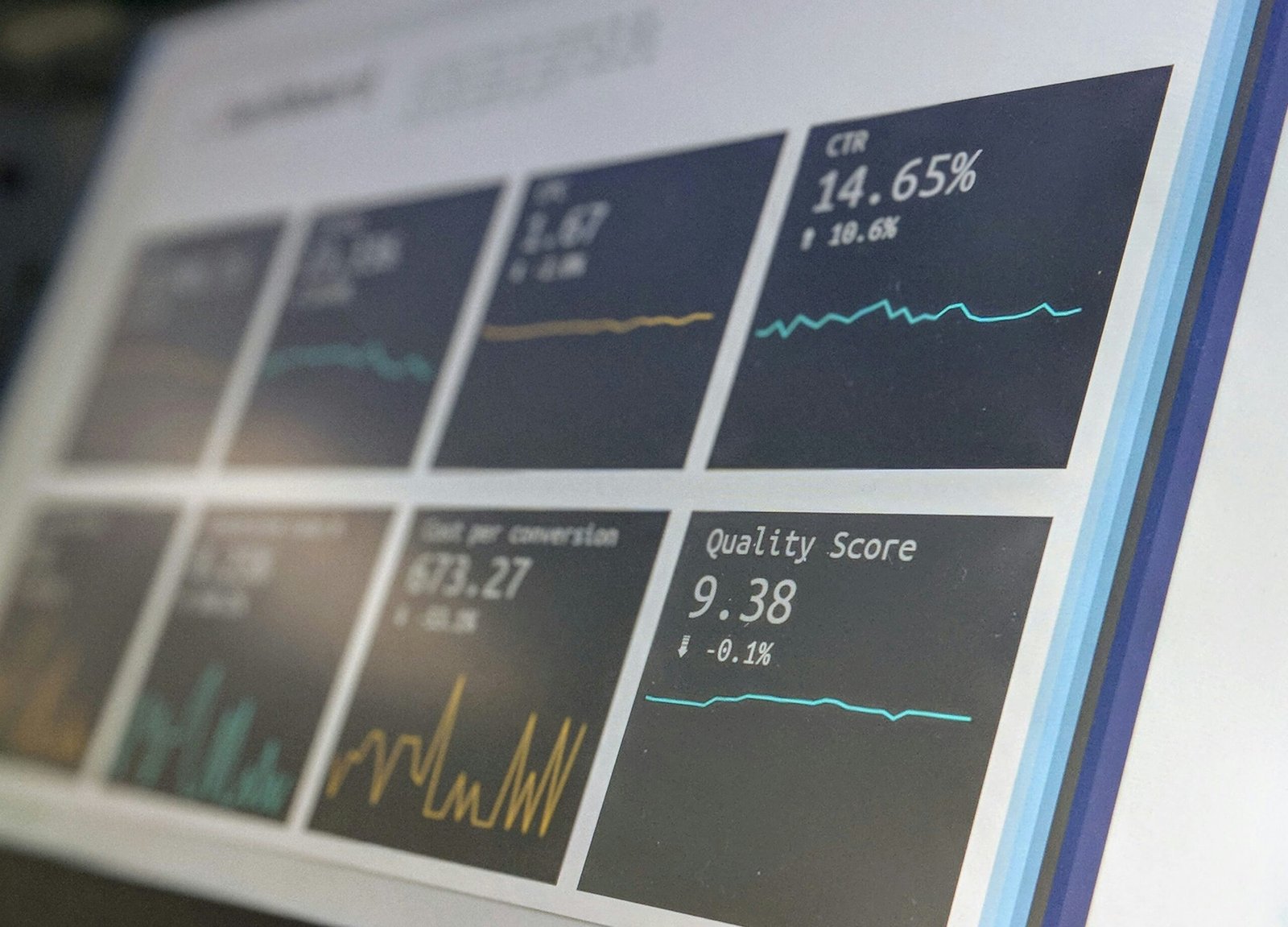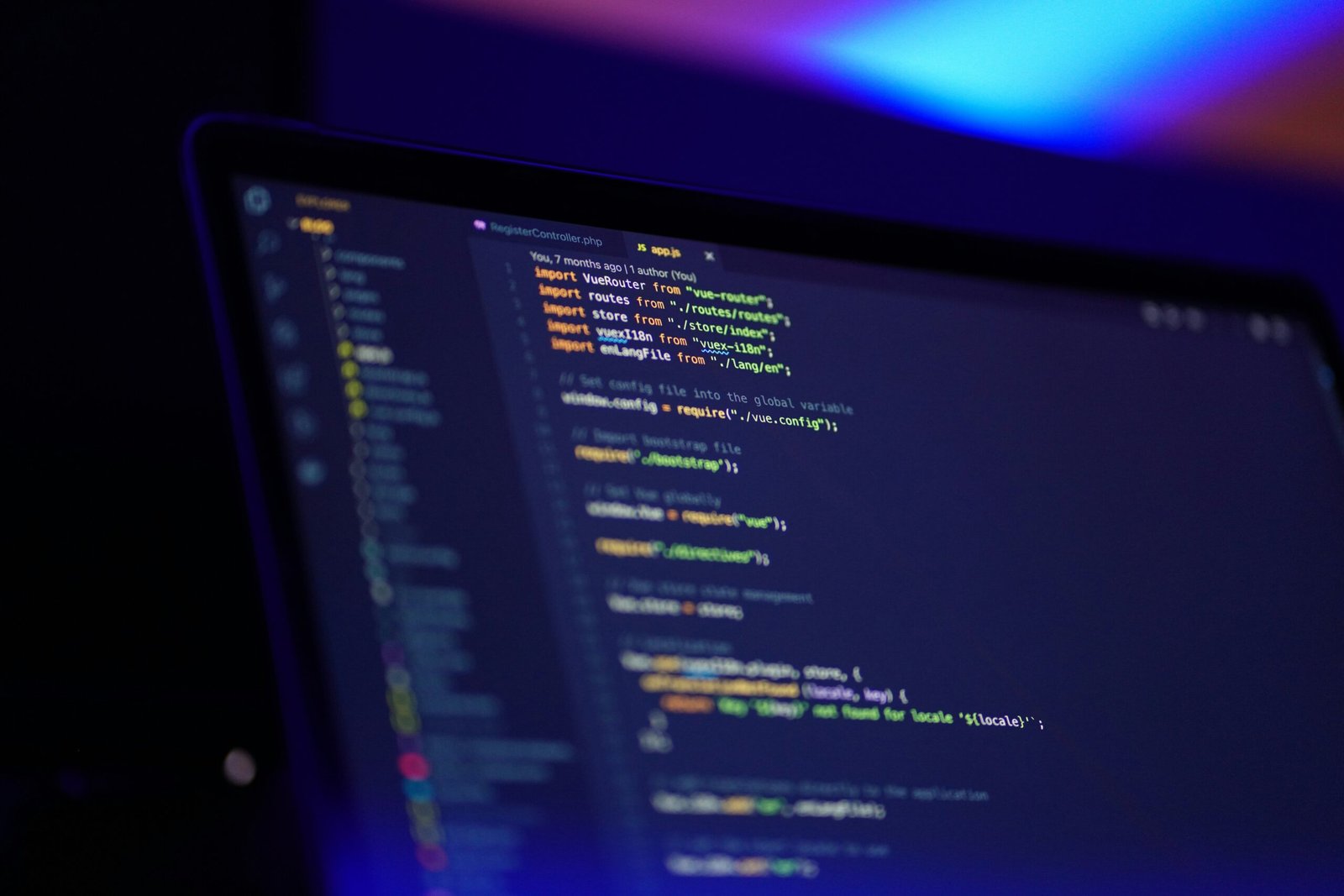What is ggplot2?
ggplot2 is an R package widely used for data visualization. Developed by Hadley Wickham, this powerful tool allows users to create complex plots from data in a data frame. It uses a coherent grammar of graphics, making the task of visualizing data both intuitive and flexible.
Key Features of ggplot2
One of the cornerstone features of ggplot2 is its ability to create layered graphics. Each layer can represent different types of data and can include various elements like points, lines, and images. This layering structure makes it simpler for users to build plots step by step, providing clarity and control over the visualization process.
Prerequisites for Installation
Before installing ggplot2, ensure you have R installed on your system. You can download R from the Comprehensive R Archive Network (CRAN). Additionally, having RStudio can facilitate a smoother coding experience, though it’s not mandatory for ggplot2 usage.
Installing ggplot2
To install ggplot2, open your R console or RStudio. You can use the following command:
install.packages("ggplot2")
This command downloads and installs the ggplot2 package from CRAN. Ensure your internet connection is active as the installation requires downloading the package files. Once the installation is complete, you can load ggplot2 into your R session using:
library(ggplot2)
If you encounter any issues during installation, consider checking your R version and updating it if needed, as newer package versions may require the latest R release.
By following these instructions, you will equip yourself with the ggplot2 package, enabling you to create high-quality visualizations for your data analysis projects. Happy plotting!
The Grammar of Graphics
The underlying principle of ggplot2 revolves around the Grammar of Graphics. This concept posits that every visualization can be broken down into its fundamental components: data, aesthetic mappings, and geometric objects. By understanding this framework, users can tailor their visualizations to accurately represent their datasets, making complex data more accessible and comprehensible.
Creating Meaningful Visualizations
One of the primary purposes of ggplot2 is to facilitate the creation of meaningful visualizations. With its user-friendly syntax, ggplot2 allows users to create a variety of plots, including scatter plots, bar charts, and line graphs, with ease. Furthermore, the flexibility of ggplot2 enables the incorporation of additional elements like themes, scales, and annotations to refine the visual output. This customization enhances the storytelling aspect of data, enabling clearer communication of insights derived from the analysis.
Conclusion
In summary, the purpose of ggplot2 extends beyond merely creating plots; it empowers users to convey data-driven stories through visualization. By mastering ggplot2, individuals can elevate their data analysis capabilities, ensuring that their insights are both visually appealing and informative.




